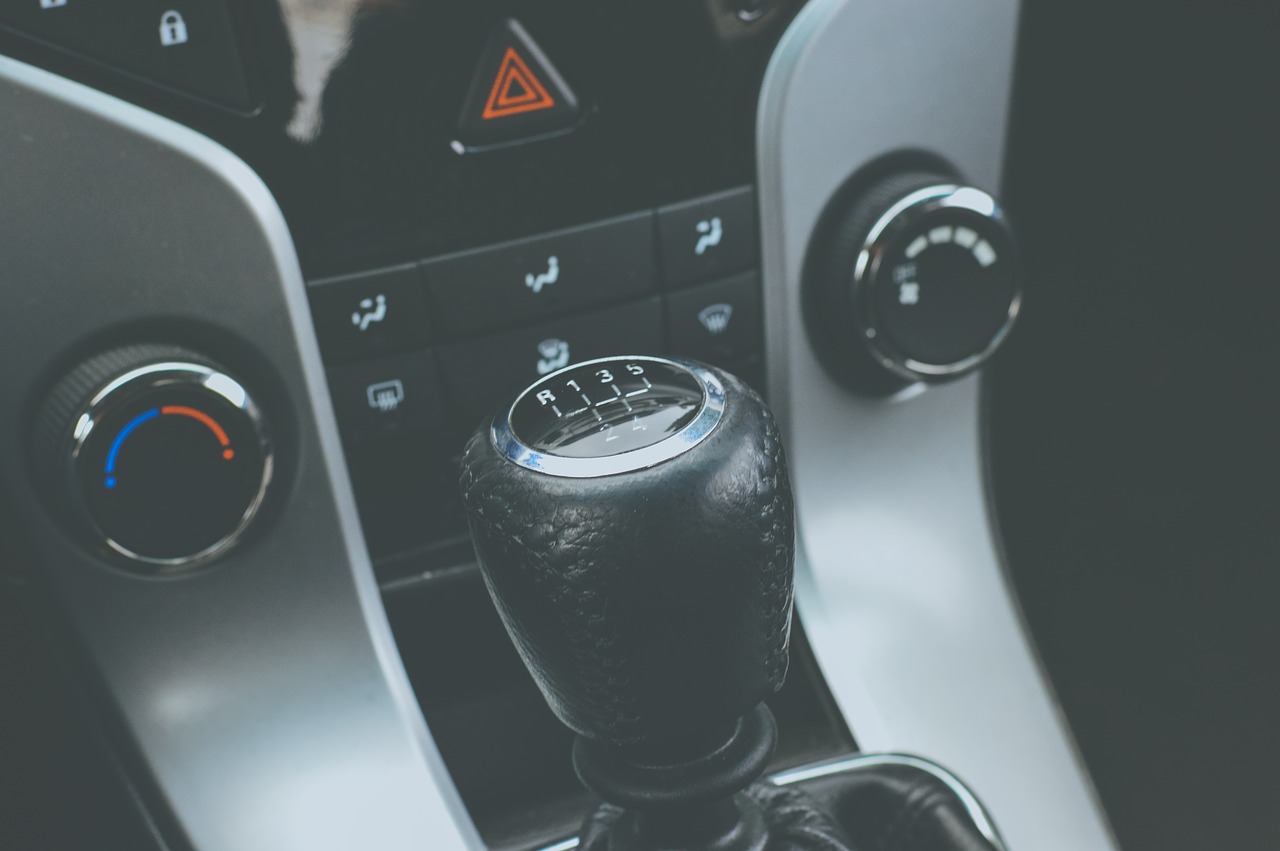One of the most important components of any vehicle is its transmission, which translates power generated by the engine to the wheels. Today, several different types of transmissions exist, the most popular of which are manual and automatic. With a manual transmission, the driver has control over how the system works while an automatic does not require any driver input.
These two systems both achieve the same goal of adjusting the gear ration between drive wheels and engine, but in different ways. The transmission is also responsible for disconnecting the engine from the drive wheels when the care is idling to prevent motion. Again, the way this is achieved is different with manual and automatic versions, although some similarities between the systems exist.
The Basics of How a Manual Transmission Works
Today, automatic transmissions are much more popular than manual ones. However, manual transmissions operate via a simpler design. A manual transmission consists of gears along a pair of shafts, known as the input and output shafts.
The gears from these shafts engage each other and the ratio between these two gears changes as the drive shifts the transmission using the shifter located inside the car. When the driver physically moves the shift lever, the gears along the input shaft move up or down so that they can engage with their counterparts on the output shaft in different ways and thus vary the gear ratio.
The entire shifting process begins by pushing in the clutch pedal, which physically disconnects the engine from the input shaft. When this happens, the gears along the input shaft are permitted to move.
The driver changes the alignment by choosing the appropriate gear for the current speed. When the clutch is released, the engine re-engages with the input shaft to cause the gears to rotate and thus spin the gears on the output shaft, which transmits this energy to the wheels to move the vehicle forward.
The Key Differences between an Automatic and Manual Transmission
With an automatic transmission, the process is much the same although everything happens without control from the driver. Automatic transmissions do not rely on clutches, which need to be manually controlled by the driver. Instead, these devices have a torque converter that is able to decouple the engine from the gear set.
This torque converter works using certain fluid dynamics principles. When the engine is spinning slowly, only a small amount of torque gets transmitted through the fluid and turbine inside the converter. However, when the engine begins to spin quickly, the fluid helps transmit virtually all the engine’s torque to the gears.
Because of this setup, a small amount of torque is being supplied to the input shaft even when the engine is idling. This causes cars with automatic transmissions to creep forward even without providing any fuel to the engine.
Because the torque converter handles the connection between the transmission and the engine, no clutch is necessary to separate them. However, this is not the only difference between a manual and automatic transmission. The gears inside the transmission are completely different in arrangement, although the final goal of altering ratios remains the same.
Unlike the parallel pattern of gears in a manual transmission, the gears in an automatic transmission are arranged along a single, concentric shift. The sets of gears are placed inside and around each other in a sort of planetary arrangement that include a central sun gear and a carrier that holds multiple different planet gears, as well as a ring gear.
Just as with an automatic transmission, these gears engage each other in different formations to alter the ratio of input to output. However, the movement of the gears is not controlled by a shifter. Instead, a complex hydraulic control system determines the formation of the planetary gears depending on the current driving conditions.
This system is controlled by an electronic control unit that is programmed for that specific engine and transmission combination. The gears in the planetary formation connect to the input through an intricate series of internal clutches controlled by the computer and the hydraulic system. The clutches control how gears engage and thus determine the gear ratio that will ultimately drive the wheels.
A Type of Transmission that Works Without Any Gears
Not all transmissions operate using gears. One system that has gained popularity in recent years is known as a continuously variable transmission, which uses pulleys. This system consists of a primary small drive and a secondary large one. These two drives are connected with a belt or chain.
When the vehicle is at a stop, the connection sits low in the primary drive and high in the secondary one. As the vehicle accelerates, the primary drive contracts, which causes the connector to walk up the drive. At the same time, the secondary drive expands, which causes the connector to walk down it.
This system causes the “gear ratio” to change continuously depending on speed rather than relying on set gears to determine the relationship between the engine and the wheels.
